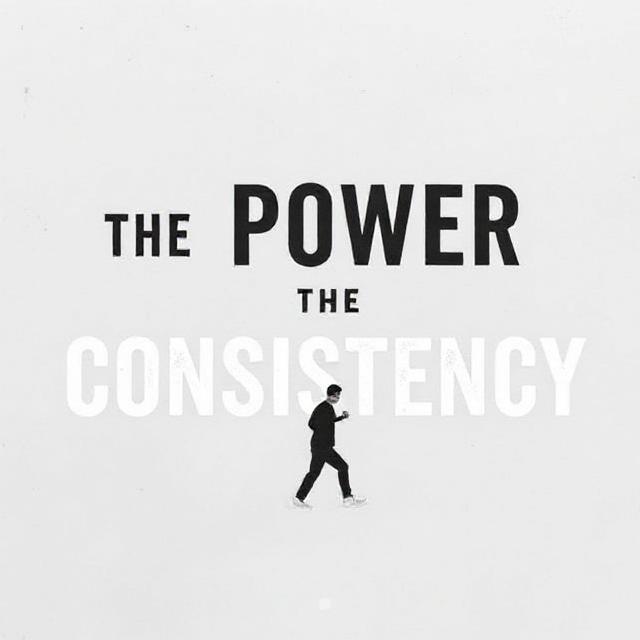
Quick Overview
- Understand the root cause of laziness
- Set a clear goal that forces action
- Use the “5-Minute Start Rule”
- Remove distractions that trigger lazy behavior
- Build a routine that supports action
- Track progress to stay motivated
- Use accountability to eliminate excuses
Why Laziness Happens
Laziness isn’t always a lack of energy. Most of the time, it’s a lack of direction or mental clarity. When the mind doesn’t see a clear benefit or reward, it naturally avoids effort. That’s why motivation feels high when something excites you and low when the goal feels meaningless.
Key truth:
People are not lazy. They just don’t have a strong enough reason to act.
If you want to stop being lazy, you don’t need more willpower. You need clear purpose, simple actions, and momentum.
Step 1: Set a Clear and Specific Goal
General goals like “I want to do better” lead to procrastination. The brain doesn’t respond to vague intentions. Instead, make your goal specific and measurable.
Weak goal: “I’ll get in shape.”
Strong goal: “I will do a 20-minute workout every morning at 7 AM.”
When the mind knows exactly what needs to be done, it triggers action faster.
Step 2: Use the 5-Minute Start Rule
You don’t need motivation to finish a task. You just need it to start. The 5-Minute Start Rule means committing to doing just five minutes of the task you’re avoiding.
Examples:
- Read one page instead of thinking about studying for an hour.
- Do two push-ups instead of thinking about a full workout.
- Write one sentence instead of stressing about a full article.
Once action begins, motivation kicks in automatically. Action creates motivation — not the other way around.
Step 3: Remove Your Lazy Triggers
Laziness is often environment-based, not personality-based. For example:
- Phone nearby = instant distraction
- Messy desk = zero focus
- Comfortable bed = no urgency to work
To break laziness, set your environment for action:
- Keep your workspace clean.
- Put your phone in another room during focused tasks.
- Prepare what you need in advance — workout clothes, study notes, tools, etc.
When the environment makes action easy, laziness has no space.
Step 4: Build a Routine That Forces Movement
Discipline removes the need for motivation. If you follow the same productive routine daily, your mind stops negotiating.
Create a simple action-based routine:
- Wake up → Drink water → Start task (no scrolling, no delay)
- After lunch → Review goals → Do one productive action
- Before bed → Plan tomorrow’s top priority
Habits are stronger than motivation. Consistency destroys laziness.
Step 5: Focus on One Task at a Time
A big reason people feel lazy is mental overload. When you try to do many things at once, the brain feels overwhelmed and shuts down.
Action Tip: Pick one main task per day and finish it first. Ignore everything else until it’s done. Completion creates progress, and progress fuels motivation.
Step 6: Track Your Small Wins
Motivation stays high when progress is visible. Laziness increases when progress is invisible.
Use a simple tracking method:
- ✅ Mark a calendar every day you take action
- ✅ Keep a “Done List” instead of just a To-Do List
- ✅ Reward yourself after completing a task
Small wins convince your brain that effort brings results, which increases motivation naturally.
Step 7: Use Accountability
When no one knows your goals, it’s easy to quit silently. Accountability increases responsibility.
You can:
- Tell a friend your daily target and report progress.
- Join a productivity or fitness community.
- Set public goals — even posting progress online forces action.
When there’s someone expecting results, laziness loses power.
Step 8: Replace “I’ll Do It Later” With “Do It Now”
Laziness often hides behind one phrase: “I’ll do it later.”
Train your brain to respond with: “Do it now. Just start.”
You don’t have to finish everything immediately — you just need to begin. Action reduces mental resistance.
Step 9: Upgrade Your Mindset
Stop identifying yourself as “lazy.” The more you repeat that belief, the stronger it becomes. Instead, focus on identity-based thinking:
- “I am someone who takes action.”
- “I don’t wait for motivation; I create it.”
- “I finish what I start.”
Identity shapes behavior. Speak like the person you want to become.
Step 10: Stay Consistent Even on Low-Energy Days
High performance is not about doing your best once in a while. It’s about showing up even when you don’t feel like it. Lazy days are normal, but don’t let them break your streak. Do a small action just to maintain momentum.
FAQ Section
Q: What if I still don’t feel motivated after trying?
Start even smaller. Reduce the task until it feels effortless. The goal is to make action easier than avoidance.
Q: How do I deal with distractions?
Use environment control. Disable notifications, put your phone away, and work in a clean space.
Q: What if I fail and fall back into laziness?
Restart immediately without guilt. One lazy day doesn’t define you. Momentum matters more than perfection.
Let me know when you’re ready, and I’ll send Article 2: Small Changes That Improve Your Life.



